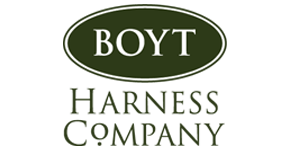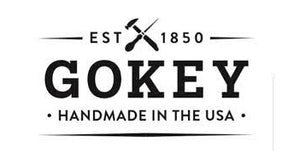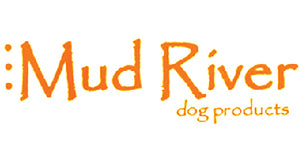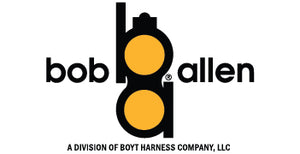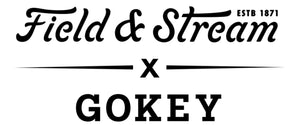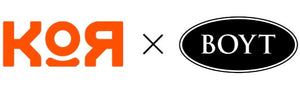Weighing In on Pet Obesity: Easy Tips for Healthy Weight Management
Obese and overweight dogs and cats live, on average, about two years less than their lean counterparts. Alarmingly, a shortened life expectancy is not the worst news: Owners of overweight pets spend more money annually treating co-occurring health conditions than pet owners with healthy weight pets. This spending could be minimized if pet weight was adequately monitored and controlled. Heavy pets more often suffer health conditions like arthritis, heart disease, respiratory distress, liver disease, urinary tract infections, and endocrine disease than pets of ideal weight. These diseases are painful and often difficult to manage. Learning keys to prevent and reverse obesity may help your canine companion experience a longer more fulfilling life, so perhaps you need to get in contact with your vet, to help you understand what is good and bad for your dog and how to ensure they are healthy.
Understand Your Pet's BCS
Overweight or obese isn't just a physical description-it also describes the pet's health. When discussing a pets weight, I find that the majority of pet owners with heavy pets are unaware that their pet is overweight.The more overweight a pet is, the more fat tissue makes up the pets total mass, surrounds and invades the body's organs, and interferes with regular organ function. Veterinarians use a 1-9 measuring scale to rate each animals body mass termed a Body Condition Score, or BCS. An ideal body weight is a BCS of 4 or 5 out of 9; this body score displays as a mild indent at the pets waist with minimal fat coverage over the ribs.
Feed Appropriately
Calculate your pet's daily energy requirements or ask the vet staff to help you. Most reputable pet food companies provide a tool to do this on their website. Pet foods also offer an estimated daily feeding chart on the food bag label. Pets transitioning from a growing adolescent to an adult weight will require a decrease in calorie intake, especially if pets have been spayed or neutered, as removal or reproductive tissue lowers metabolism. A pet's daily activity level (exercise/training) should also be factored into this calculation. Measure accurately A cup is not a cup unless its 8oz. Most drinking glasses, coffee mugs or food scoops are inadequate ways to measure food and can hinder successful weight loss goals. Your veterinarian or food supply store can supply a low cost or free measuring cup. Kitchen scales are another easy tool owners can use to measure accurate amounts. Location location location Multi-pet homes can be an obstacle when it comes to accurate feeding of individual pets. I recommend feeding pets away from the kitchen and in separate rooms from each other. The dominant pet in the pack often eats first and more than lower members in the hierarchy. Pets tend to overeat in environments of competition for nutrients. Begging for table scraps can be reduced by keeping pets out of the kitchen/dining room during meal times. Offer healthy snack options There are several low calorie, low cost snacks your pet may enjoy. I often have luck with suggestions like green beans, carrots, strawberries, rice cakes, cucumbers, ice cubes, raspberries, watermelon, apple, zucchini ,chicken, turkey, plain popcorn and peas(all in moderation). These snacks are low in calories compared to pre-packaged treats which are often high in fat for added flavor. A pet's regular diet can also be used as treat.
Monitor health status frequently
Weigh your pet. Visit your pet's doctor 1-2x annually at minimum to stay on top of new or progressing health conditions. A 1 lb weight gain in a 10 lb cat, or a 5 lb weight gain in a previously 50 lb dog is a 10% increase in body weight. This is equivalent to a 150 lb person gaining 15 lb . . . it's significant!
Healthy weight loss
Most pets should not lose more than 1-2% body weight per week during a weight loss program. A prescription weight loss diet may be more successful than and OTC "diet" or "light" food. Prescription diets have had more studies on effectiveness and nutritional soundness and are backed by clinical research studies. Using a prescription weight loss diet can help reduce frustration with dietary trials.
A Family Affair
Weight loss in your pet requires all involved with feeding and caring for the pet to be on the same page. One sneaky treat feeder can ruin successful attempts to lose weight. A pet that barks or begs will often be equally satisfied with some other type of interaction, such as a game of catch or a belly rub.
Get Moving
A regular exercise routine is good for all family members: A 20-30 minute added daily walk, visit to the dog park, game of catch, or trip to the training facility is stress relieving and a good time to bond with your pet. Regular exercise helps maintain lean body mass and can boost a pets metabolism. Toys or interactive feeding methods that encourage movement and exercise are a go way to get pets moving and utilize their natural hunting behaviors.
Discuss with your veterinarian if your pet is safe to begin an exercise regimen. At the end of the day, your pet's health is the goal. You are a big piece of the puzzle contributing to the health and weight of your pet. If we can develop new or healthier habits for our pets while supporting the human-animal bond, it's a win!
### Amanda Burow, D.V.M. (Dr. B), is a graduate of Iowa State University's College of Veterinary Medicine. Dr. Burow's patient list includes hunting dogs of all varieties, as well as several field trial dogs and full time sporting guide dogs. In addition to practicing general veterinary medicine, she has special interest in the areas of preventive care, emergency medicine, and dermatology. In her spare time, she enjoys being outdoors and on the lake, staying active, reading, and spending time with family and friends. Mud River is proud to share these tips from Dr. B with our customers. Keep in mind it is best to work with your local veterinarian to determine the needs for your animals.


